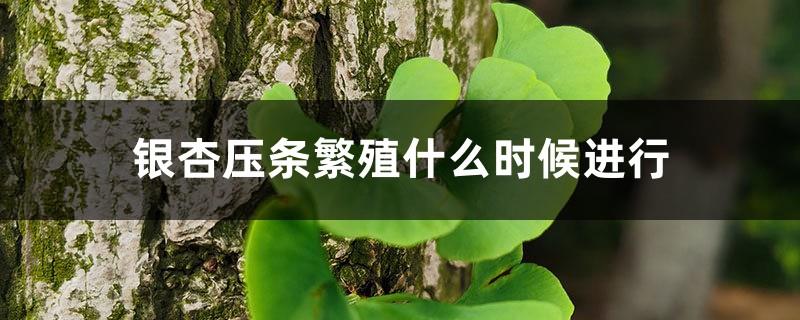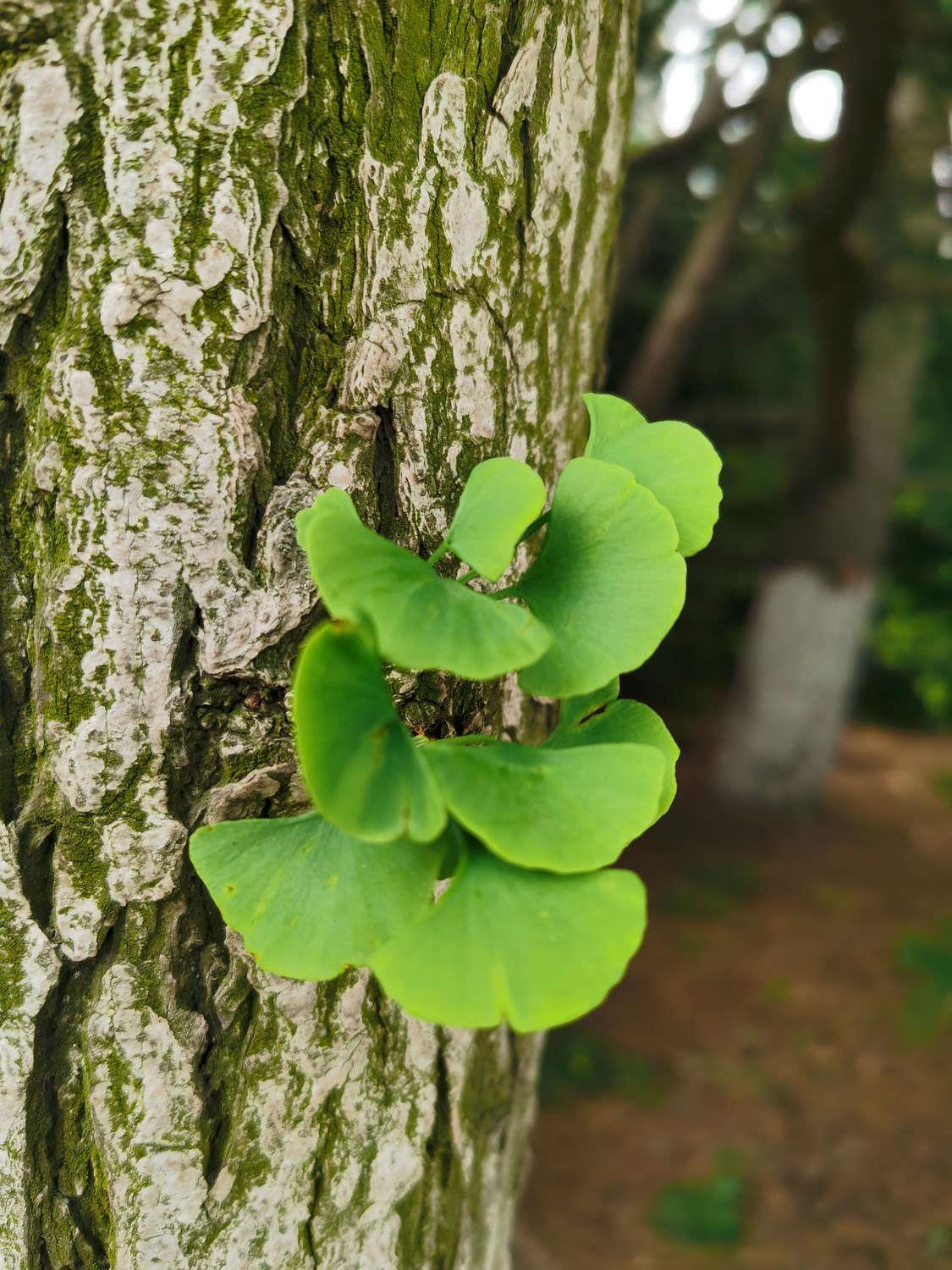When should Ginkgo layering propagation be carried out? Ginkgo high-pressure propagation
Last Update :2024.11.30
Article Catalog
Ginkgo layering is usually done after the leaves fall in autumn. Select a relatively good mother tree, find a 2-3 year old vegetative branch from the top, girdle it at the base, and peel off two-thirds. Wrap the wound with moist moss and yellow mud, and tie it tightly with a black plastic bag. Check it regularly to see if roots are taking hold. It is usually cut before budding in spring, planted in a deep soil layer, and watered once.

1. Pressing time
1. Laying time
The time for Ginkgo layering is generally after the leaves fall in autumn. The temperature at this time is relatively low and it is less likely to be infected by pests and diseases, so it will be safer. If by spring, the plants have sprouted, they will basically be unable to survive under high pressure. In summer, the temperature is too high, which inhibits its growth and is also not conducive to rooting.

2. Girdling and rooting
Select a strong-growing ginkgo mother tree of good variety, find a 2-3-year-old vegetative branch, and girdle it at a relatively smooth base. You don't need to peel it all off, just two-thirds of it, with a width of 1 cm. Afterwards, the wound was wrapped with moist moss and yellow mud, and the outside was tied tightly with black plastic film.

3. Divide planting and maintenance
Check regularly to see if there are roots growing out of the girdling area. If roots have grown, cut them off before they sprout in the second spring. Plant the cut plants in a sunny location with deep soil and good drainage. After planting, water it thoroughly and provide it with shade. Wait until it adapts to the environment before letting it see the light.

IV. Precautions
Ginkgo There are many propagation methods. Layering is relatively simple, but the propagation effect is not particularly good. It usually bears fruit after three years, and the overall tree vigor is often not as good as cutting or grafting. In addition, the method of root tiller seedlings is similar, but the effect is better, so it is more recommended to use root tiller seedlings for propagation.
2. Girdling and rooting
3. Planting and maintenance
4. Precautions
- END -
Rehmannia glutinosa cultivation methods and precautions

Soil: Rehmannia glutinosa prefers fertile soil, and generally uses sandy soil for ...
What is yacon and how to eat yacon

Yacon is a type of vegetable, but it can be eaten raw, so it is also sold in many ...